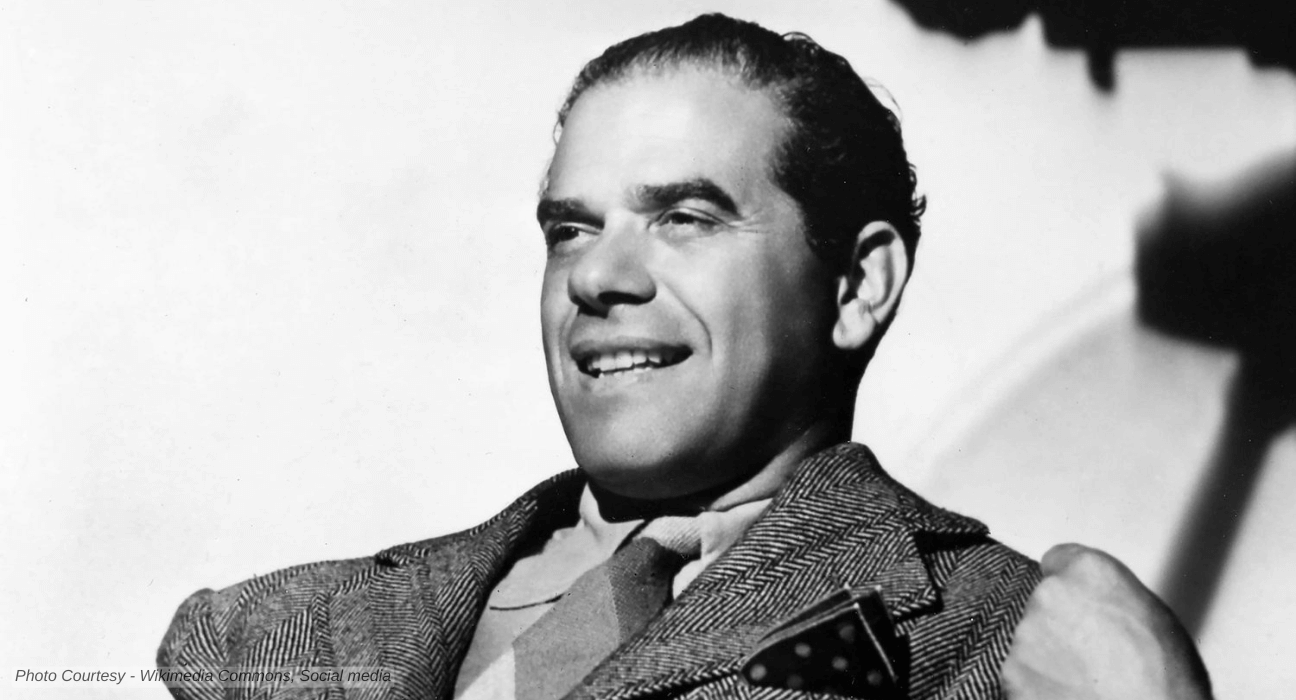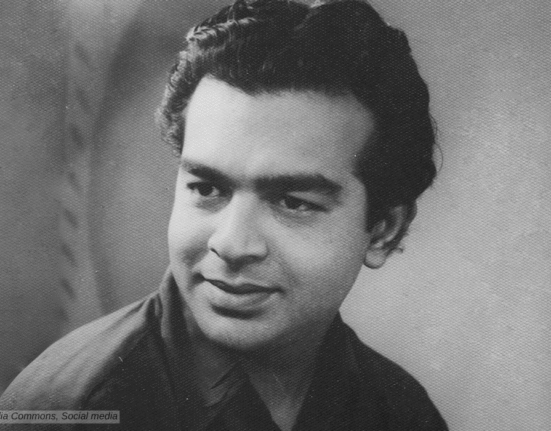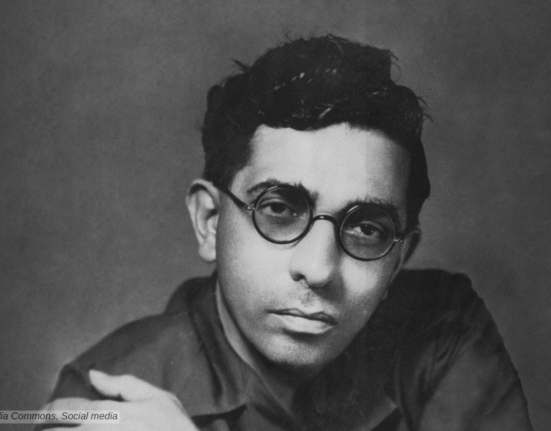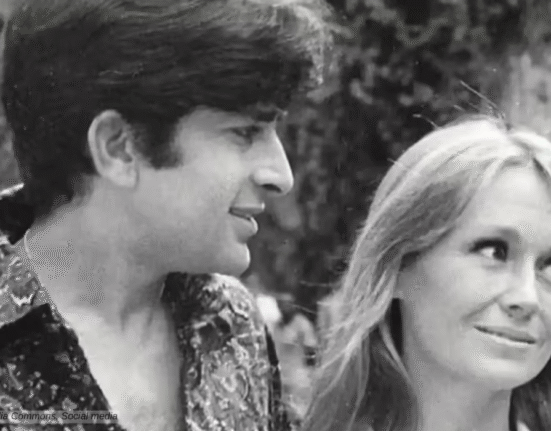Italian-born American film director, producer, and screenwriter Frank Capra was one of the most influential filmmakers of the 1930s and 1940s, known for his films like It Happened One Night (1934), Mr. Deeds Goes to Town (1936), You Can’t Take It with You (1938), Mr. Smith Goes to Washington (1939), and It’s a Wonderful Life (1946).
Film is one of the three universal languages, the other two: mathematics and music.
Frank Capra
Early Life
Frank Capra’s life reads like a script from one of his own beloved films—a tale of an immigrant making it big in the land of opportunity. Born Francesco Rosario Capra on May 18, 1897, in Bisacquino, Palermo, Sicily, Italy. He was the youngest of seven children. His father, Salvatore Capra, worked as a fruit grower. His mother, Rosaria Nicolosi, managed the household. In 1903, his family immigrated to the United States when he was six years old. They traveled aboard the ship Germania, enduring a grueling journey. Capra later described the steerage conditions as “the most degrading place you could ever be. The family settled in Los Angeles in an Italian “ghetto.” His father took up fruit picking to support the family.
Education
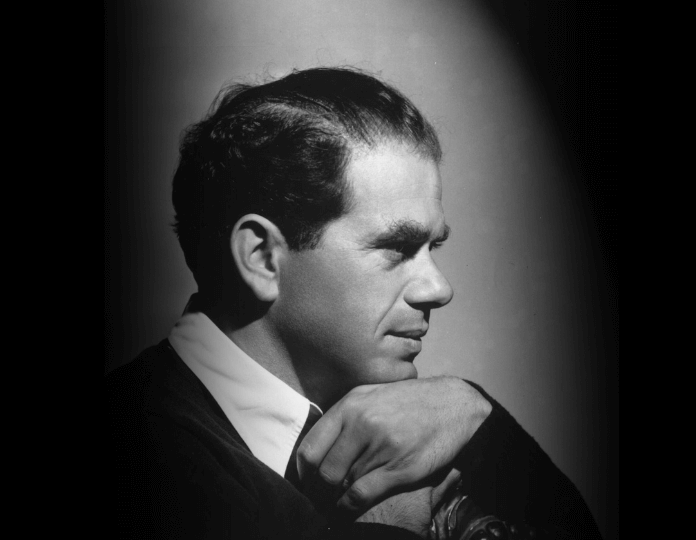
Capra’s early life was marked by hardship and the struggle to adapt to a new country. He also sold newspapers to continue his education at Manual Arts High School. Capra’s early life shaped his worldview. The struggles of immigrant life instilled resilience. His family prioritized labor over education, but Capra had other plans. He resisted his parents’ wishes to work immediately after high school. Instead, he pursued higher education, determined to break free from hardship.
His tenacity led him to the California Institute of Technology, where he graduated with a degree in chemical engineering. To fund his education, he worked multiple jobs. Soon after his graduation, Capra joined the U.S. Army as a second lieutenant through the Reserve Officers’ Training Corps. He taught mathematics to soldiers but contracted the Spanish flu, leading to his medical discharge in 1919.
Early Career
After the war, Capra struggled to find steady work. His engineering degree failed to secure him a job. He traveled across California, taking odd jobs like poker playing, selling books, and selling oil stocks. In 1922, a chance encounter changed his trajectory. He saw an ad for a San Francisco studio run by actor Walter Montague. Capra convinced Montague to let him direct a one-reel film, The Ballad of Fisher’s Boarding House, based on a Rudyard Kipling poem. With no prior experience, he learned filmmaking on the job. He worked as a film cutter, camera assistant, and prop man, gaining skills at a small studio.
In 1924, Hal Roach hired him as a gag writer for the Our Gang series. Later, he joined Mack Sennett’s team, writing for comedian Harry Langdon. Capra’s work on Langdon’s Tramp, Tramp, Tramp (1926) led to his promotion to director for The Strong Man (1926), earning $750 a week.
Start of Somthing Big
His big break came when he directed Harry Langdon in the silent films “The Strong Man (1926)” and “Long Pants (1927),” which showcased his knack for comedic storytelling. Capra’s career peaked in the 1930s and 1940s with films that championed the “everyman.” Capra’s directing style was characterised by his ability to blend humour with pathos, creating stories that celebrated the human spirit. His films often featured underdog protagonists who, despite the odds, managed to bring about social change or personal triumph. This narrative style has influenced countless filmmakers and remains a staple of American cinema.
The Golden Period
His breakthrough came with It Happened One Night (1934). Starring Clark Gable and Claudette Colbert, the film follows a socialite and a reporter on a cross-country journey. A famous scene shows the passengers on a broken-down bus singing “The Daring Young Man on the Flying Trapeze,” embodying Capra’s vision of unity. The film swept all five major Academy Awards—Best Picture, Director, Actor, Actress, and Screenplay—a feat unmatched until 1975.
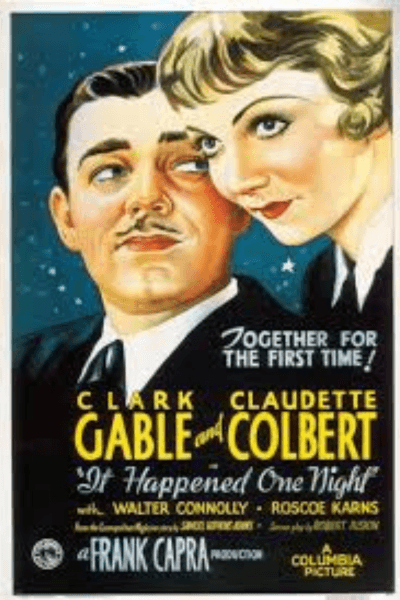

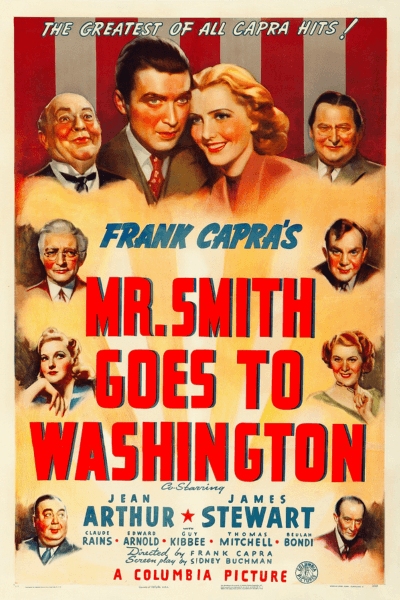
Mr. Deeds Goes to Town (1936) features Gary Cooper as Longfellow Deeds, a small-town poet who inherits millions. Deeds battles corruption to help struggling farmers, reflecting Capra’s belief in individual goodness. The film earned Capra his second Best Director Oscar.
Mr. Smith Goes to Washington (1939) stars James Stewart as Jefferson Smith, a naive senator fighting corruption. A key scene shows Smith’s filibuster, collapsing from exhaustion but standing for justice. The film received 11 Oscar nominations.
Some of his other notable films include “Lady for a Day (1933),” “Broadway Bill (1934),” “Lost Horizon (1937),” “Meet John Doe (1941), and Arsenic and Old Lace (1944).
It’s a Wonderful Life
During World War II, Capra served in the U.S. Army Signal Corps and produced the “Why We Fight” series, a collection of propaganda films that were instrumental in boosting morale and support for the war effort.
Post-war, Capra’s career faced challenges, and his films, including the now-classic “It’s a Wonderful Life,” initially performed poorly. However, in the years that followed, Capra’s work received renewed appreciation, and he was recognised for his contributions to the film industry and American culture.
It’s a Wonderful Life (1946), now a holiday classic, casts Stewart as George Bailey, a man contemplating suicide. His guardian angel shows him his life’s impact. Initially a box-office flop, it later became Capra’s most celebrated work, earning five Oscar nominations.
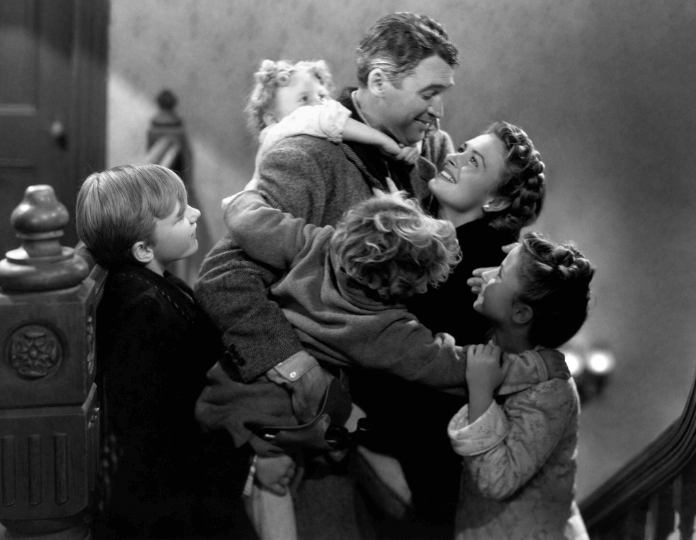
Frank Capra continue to make films till mid sixties. Some of his later films include State of the Union (1948), Riding High (1950), Here Comes the Groom (1951), A Hole in the Head (1959), Pocketful of Miracles (1961), and Rendezvous in Space (1964). He also directed educational TV films in the 1950s, such as Our Mr. Sun (1956) and Hemo the Magnificent (1957).
Frank Capra’s Craft
Capra’s directing style emphasized simplicity and rhythm. He focused on the emotional core of a scene, focusing on actors’ reactions to drive the narrative. He avoided technical gimmicks, believing they distracted audiences. Film historian William S. Pechter described Capra’s style as having “almost classical purity.” His editing created a “sequence of rhythmic motion,” akin to a dance. Capra often blocked scenes in advance, a method he developed while working with Barbara Stanwyck. Her best takes were usually the first, so Capra prepared his crew to capture her spontaneity without disrupting continuity. This approach demanded high craftsmanship from his team, surpassing typical Hollywood standards.
Frank Capra’s films championed the individual over the masses. He often portrayed crowds as misguided, emphasizing the power of one person to effect change. His stories blended humor, drama, and social commentary, reflecting his belief in human goodness. Capra’s philosophy, rooted in humanism, made him an ideal propagandist during World War II. His Why We Fight series showcased his ability to manipulate mass media for a cause, earning critical acclaim.
Important Collaborations
Frank Capra’s collaboration with screenwriter Robert Riskin was pivotal. Starting with Platinum Blonde (1931), Riskin wrote for many of Capra’s classics, including It Happened One Night and Mr. Deeds Goes to Town. Their partnership shaped Capra’s socially conscious narratives. Riskin’s scripts brought sharp dialogue and depth to Capra’s vision of the common man. Capra also worked closely with cinematographer Joseph Walker at Columbia Pictures, refining his visual style across 25 films.
Barbara Stanwyck starred in several Capra films, including Ladies of Leisure (1930) and The Miracle Woman (1931). Her naturalistic acting influenced Capra’s directing methods. Gary Cooper featured in Mr. Deeds Goes to Town and Meet John Doe (1941), embodying Capra’s ideal of the earnest everyman. James Stewart became Capra’s definitive leading man in Mr. Smith Goes to Washington and It’s a Wonderful Life. Stewart’s ability to portray vulnerability and resilience aligned perfectly with Capra’s themes.
Legacy
Frank Capra held leadership roles in the film industry. He served as president of the Academy of Motion Picture Arts and Sciences from 1935 to 1939. He helped found the Directors Guild of America, serving as its president three times. In 1937, he reformed the Academy Awards, democratizing nominations and creating the Irving Thalberg Memorial Award.
The American Film Institute honored Frank Capra with a Life Achievement Award in 1982. In 1986, he received the National Medal of Arts. Capra’s legacy endured, with four of his films ranking on the AFI’s 100 Most Inspiring Movies list, including It’s a Wonderful Life at number one.
Personal Life
Frank Capra married actress Helen Howell on November 25, 1923. Their marriage struggled as he became a workaholic. Helen’s health issues, including a life-threatening ectopic pregnancy, added strain. They separated in 1927 and divorced in 1928.
In 1929, Frank Capra met Lucille Warner Reyburn, a widow. They married in 1932 and remained together until her death in 1984. The couple had four children: Frank Capra Jr., born in 1934; John Capra, born in 1935 and died in 1938 after a tonsillectomy; Lulu Capra, born in 1937; and Tom Capra, born in 1941. Frank Capra Jr. became a film producer, working on projects like Firestarter (1984).
The family lived in Fallbrook, California. Capra suffered a series of strokes in his later years. He died of a heart attack on September 3, 1991, in La Quinta, California, at age 94. His remains rest at Coachella Valley Public Cemetery.
Frank Capra on IMDB



